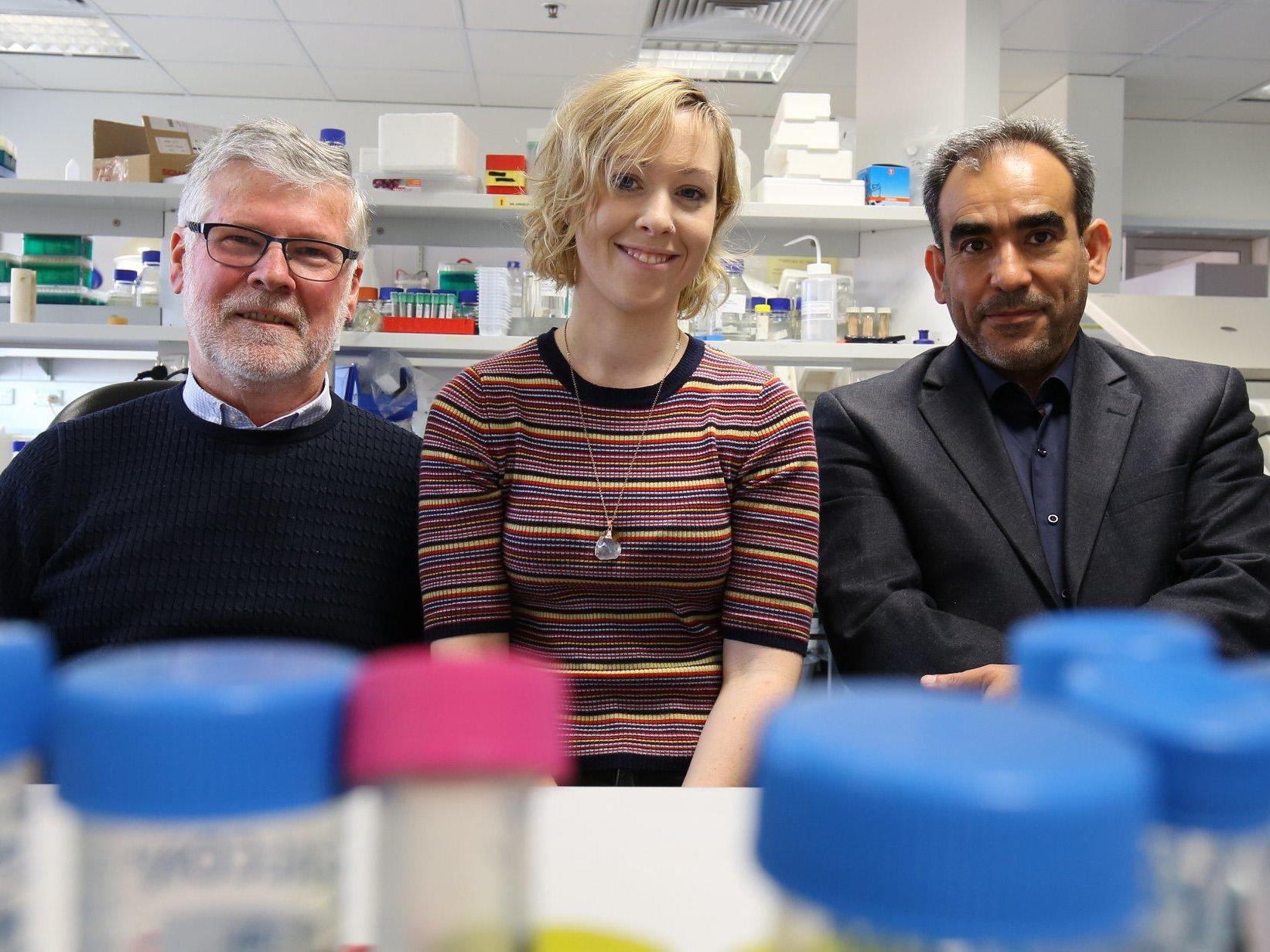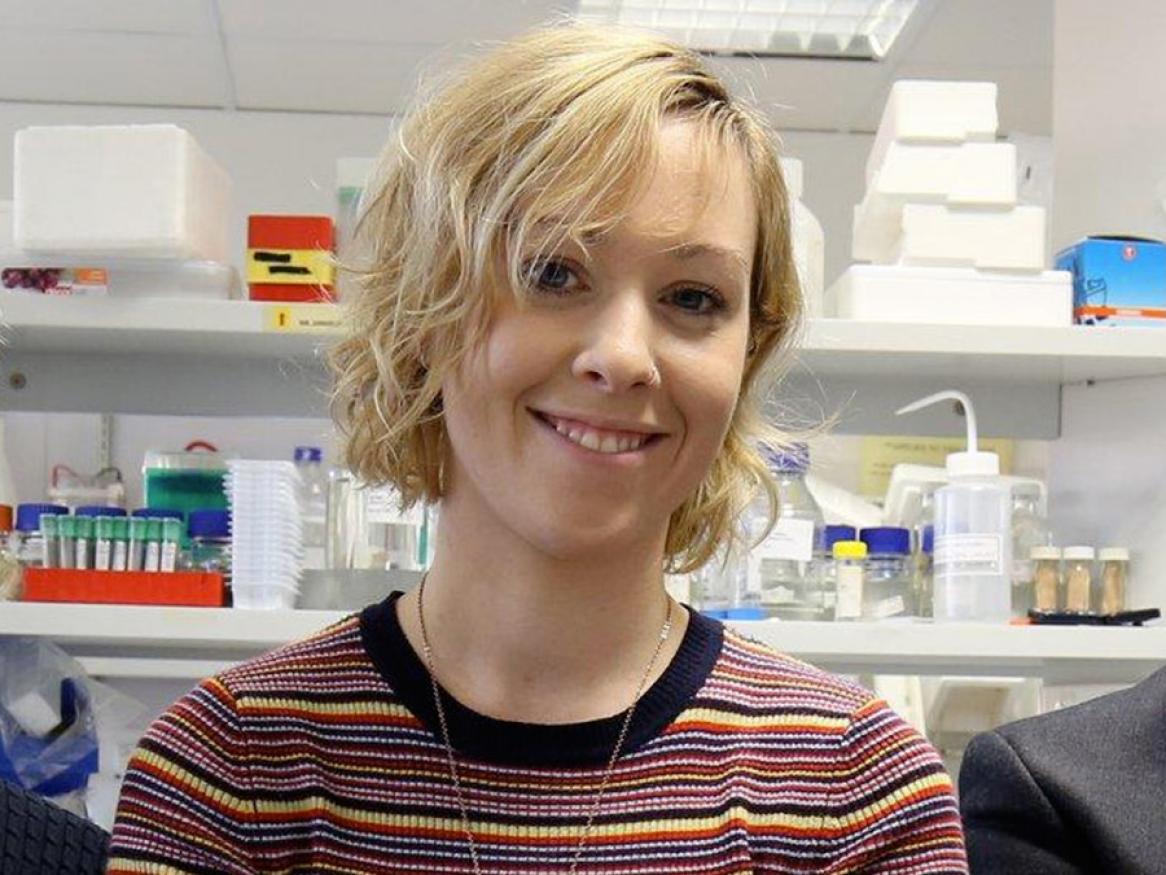Vaccine Research
The Vaccine Research Laboratory has developed a gamma-irradiated influenza A vaccine capable of providing broad-spectrum protection.

Our research uses animal models and in vitro techniques to understand the underlying mechanisms for the cross-protective immunity induced by our vaccine.
In particular, investigate the ability of our gamma-flu vaccine to induce T lymphocyte responses, which have long been considered as a key requirement for a cross-protective or universal flu vaccine.
The reduced effect of gamma-rays on virus structure is expected to allow gamma-irradiated viruses to act like live viruses in terms of interacting with host cells - without causing infection - to induce strong immune responses.
An additional aspect of our research is aimed at illustrating virus/host interactions using gamma-irradiated viruses. We employ a large number of virus models including influenza, parainfluenza, alphaviruses, flaviviruses and adenoviruses.
The availability of various gene-targeted mice defective in immune effector molecules has allowed us to elucidate important host/parasite relationships in the context of the host immune response.
We also explore the interface between innate and adaptive immune responses. The aim of this research is to generate new knowledge relevant to our understanding of the fundamental properties of immune responses at the molecular, cellular and whole system level, with particular emphasis on immune responses against viruses.
The gamma-irradiated influenza A vaccine was developed in collaboration with Professor Arno Mullbacher at the Australian National University.
People and publications
Dr Mohammed Alsharifi
Head - Vaccine Research Laboratory




